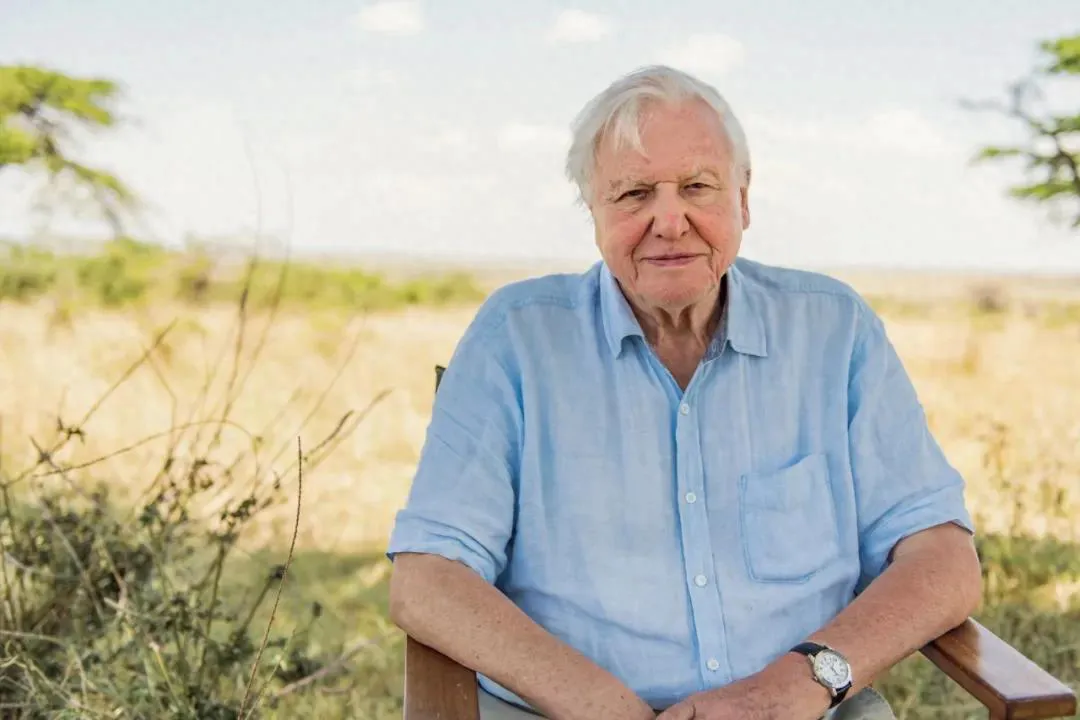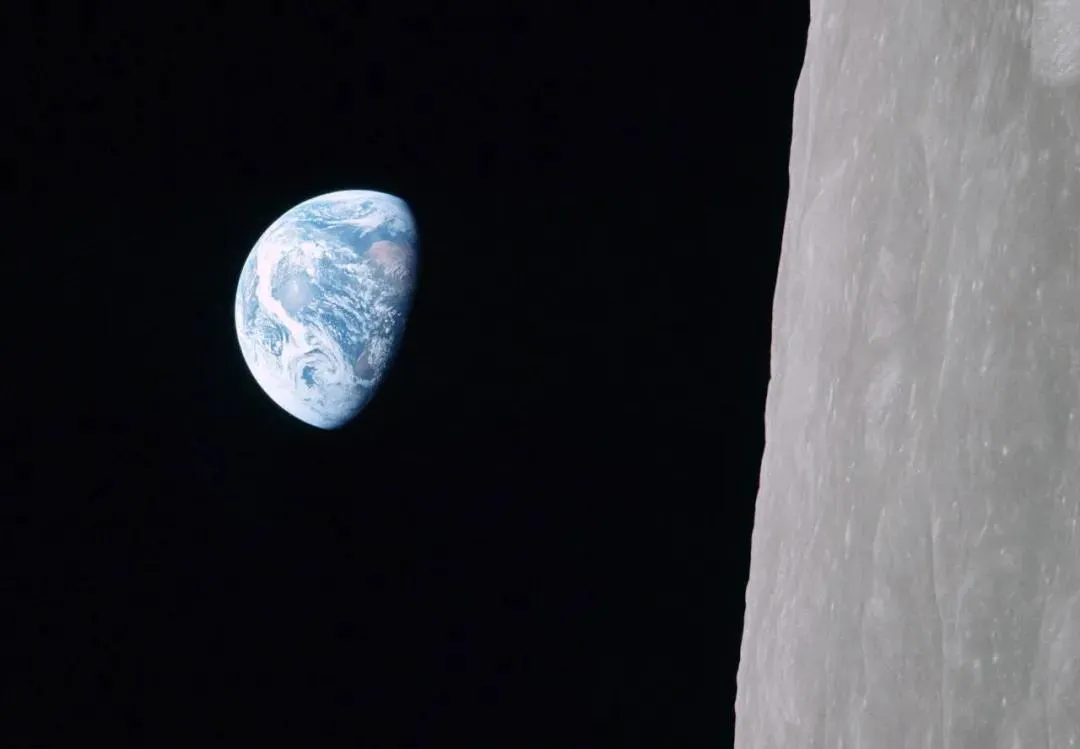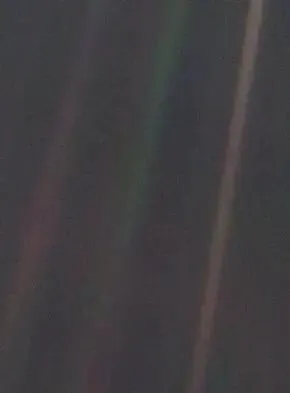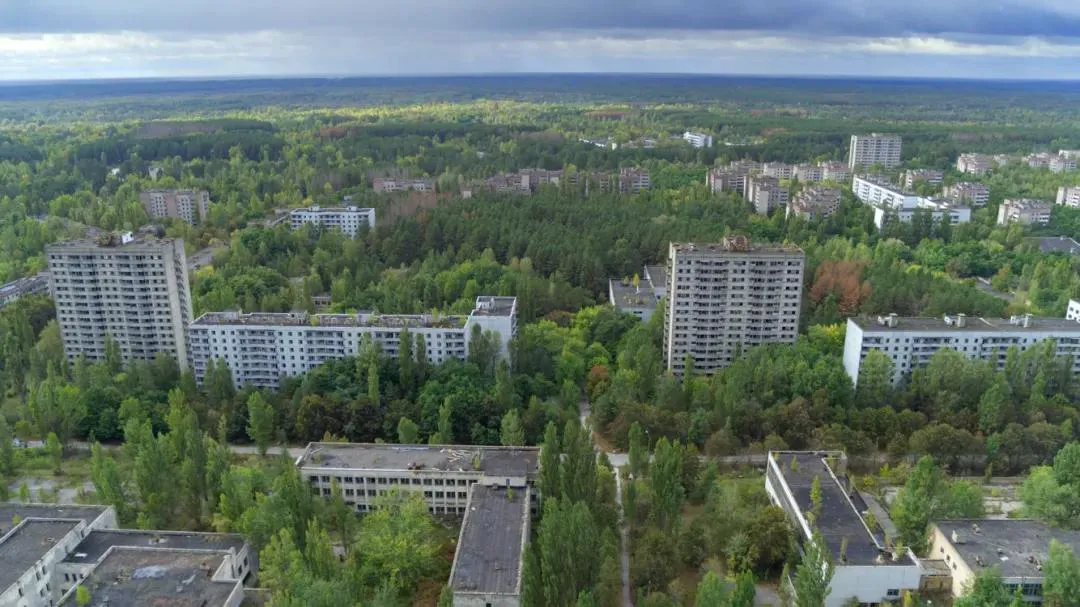
“Humans are the most intelligent creatures on Earth, but to ensure our survival, intelligence alone is not enough. We need wisdom.” — David Attenborough
A highly acclaimed documentary, David Attenborough: A Life on Our Planet (with a豆瓣 score of 9.4 and an IMDb rating of 9.1), has been released.
David Attenborough – the name might not immediately ring a bell, but you’re undoubtedly familiar with his nature documentaries: Planet Earth, Blue Planet, Kingdom of Plants, Our Planet, and more.
“Our planet is home to countless magnificent and undiscovered wonders.”
Since the 1960s, Attenborough has narrated and participated in the production of numerous nature documentaries for the BBC. His captivating narration, combined with breathtaking footage from remote wildernesses, essentially defined a new era of documentary filmmaking.
In David Attenborough: A Life on Our Planet, Attenborough shifts from showcasing the Earth’s extreme beauty to sitting before the camera and recounting a life’s journey.
This latest documentary blends Attenborough’s experiences filming documentaries over the years with the reflections of a 94-year-old man, representing a lifetime of contemplation and concern for life, wilderness, nature, the fate of humanity, and the entire planet.
A Fortunate Existence
In the documentary, Attenborough repeatedly emphasizes his immense fortune.
He has traveled the world, exploring Earth’s wildernesses. Starting his career in his twenties, he caught the wave of the burgeoning global aviation industry and the rise of television technology. He became one of the “first to fully enjoy this gift of life.”
He has always focused on the world’s wildernesses, shimmering coastlines, vast forests, and lush grasslands, recording these natural wonders and sharing them with viewers around the world. This, in itself, is a tremendous achievement.
Attenborough’s “fortune” isn’t a boast but a concern and a reminder – he was fortunate to record these precious images before the animals went extinct.
Each of us enjoys this often-unacknowledged fortune. Attenborough explains that the “gift of life” is the result of the stable climate of the Holocene epoch.
The perfect natural environment we enjoy is the culmination of 4.6 billion years of Earth’s collisions in the universe and the evolution of life.
If Earth were closer to the sun, rivers and oceans would boil away; if it were farther, the planet would be a frozen wasteland. A slight change in temperature would prevent life from arising.
The Earth’s atmosphere, with its ozone layer protecting us from cosmic radiation and its ability to trap the right amount of solar energy to maintain a comfortable surface temperature above freezing, is crucial for life.
Every creature, whether at the top of the food chain or in the middle of a complex ecosystem, is a beautiful and perfect gift from nature.
Phytoplankton floating on the ocean surface and dense forests across the globe help balance the atmosphere. Herds of animals on the plains nourish the soil, making the grasslands fertile and vibrant. Polar ice reflects sunlight back into space, cooling the planet.
This precise and diverse ecosystem has created the most stable climate in Earth’s history. For the past 100,000 years, the average temperature has fluctuated by no more than one degree Celsius.
As science fiction writer Liu Cixin once said, “Do you know how small the probability of life arising in the universe is? It’s like a pile of metal junk being swept into the sky by a tornado and falling back down to assemble itself into a car… So our existence is a miracle. Just being alive is amazing.”
Humanity: Grand Yet Insignificant
At the beginning of the documentary, Attenborough runs his hand over the layers of rock, geological structures formed by the accumulation of dead plants and animals over billions of years (sedimentary rock).
These layers represent Earth’s long evolutionary history. Nature has created wonders, each more complex and complete than the last, through extremely precise processes.
From single-celled organisms to the birth of fish and vertebrates, the migration of plants from the sea to land, the rise and extinction of dinosaurs, the emergence of mammals, the evolution of primates, and finally, the emergence of our ancestors, Homo sapiens.
In this evolutionary timeline, measured in billions of years, humanity’s evolution from early apes to modern humans in just two million years is a remarkable feat.
Human evolution differs greatly from the fossil record. We are so intelligent that we can bring about change without relying on millions of years of evolution.
We don’t need a body built for high-speed running to hunt prey, nor sharp teeth to kill them. With weapons and tools, we can colonize and thrive in cold regions without any physiological changes.
For humans, an idea is enough to change life, and ideas can be passed down through generations. Humans have changed the ability of species and learned how to harness the seasons. The history of human civilization has begun.
Oil and coal, formed from millions of years of plant and animal remains, are easily accessible to humans, providing vast amounts of energy. We stand on the shoulders of billions of years of Earth’s accumulation, seemingly conquering everything.

But what if we zoom out? Attenborough uses the example of the Serengeti in Africa, which means “endless plains” in Maasai.
The world-famous animal migration takes place here. During the migration season, a million wildebeest, 250,000 zebras, and 500,000 gazelles appear suddenly and disappear over the horizon. Standing on the plains, it’s easy to believe they are “endless.”
Later, scientist Bernhard Grzimek tracked the herds from the air, charting their routes across rivers, through jungles, and over borders.
The Serengeti’s herds need vast, healthy grasslands to survive. Without this land, the herds would perish, and the entire ecosystem would collapse.
Attenborough’s point is simple: wilderness is not infinite; it is finite.
When we zoom out even further, on December 24, 1968, Apollo 8 ascended into space. In space, they didn’t see the sunrise we’re used to on Earth, but the Earth rising.
Astronaut William Anders took the famous “Earthrise” photograph. This was the first photograph of Earth rising taken by humans. It was also the first time humans left Earth and looked down at it from a distance. Our Earth, so fragile and alone.

A blue marble, a blue sphere surrounded by darkness, is the only color in the universe in this view. This is Earth, and this photograph encompasses all of humanity.
This photograph completely changed everyone’s thinking. Our home is not infinite. Human survival is finite. We are ultimately bound by this finite natural world.
Our planet is a limited area, a unique and complex interacting biosphere, a living organism containing air, water, wind, and soil.

Nature’s Embrace
"Since I started filming documentaries in the 1950s, the average number of wild animals has been reduced by half. Looking at the images of the past, I realized that when I was young and in the wilderness, I felt that I was experiencing the natural world untouched by humans.
Now it seems to be just an illusion. Those forests, plains, and oceans were already emptying. The world has lost its ‘wildness’."
In the documentary, Attenborough walks through wildernesses, grasslands, and cities, and visits Chernobyl. He reviews not only his glorious past filming documentaries but also presents the changes in the Earth over the decades directly to us with images and data.
- 1937: World population: 2.3 billion, atmospheric carbon content: 280ppm, remaining wilderness area: 66%.
- 2020: World population: 7.8 billion, atmospheric carbon content: 415ppm, remaining wilderness area: 35%.
Today, humans account for one-third of all mammals, and 60% are livestock raised for meat. All other animals, from mice to whales, account for only 4%. The Earth has become a place run for humans, leaving very few resources for other creatures.
“We have destroyed that (wilderness) world. Now the world is dominated by humans. This is my testimony. This is the degradation of the Earth that I have experienced in my life.”
Standing in the still-radioactive Chernobyl area, the white-haired, aging Attenborough speaks these words.
As a successful documentary filmmaker, Attenborough could enjoy his retirement. In fact, he is already 94 years old, and the Earth in a few decades will not affect him.
Attenborough is accustomed to filming beautiful nature documentaries, allowing us to know and understand, and then promoting the power of protection. But now, Attenborough can’t wait any longer. He must speak out loudly and awaken us.
When he says “what we did in those years,” there is no sense of superiority from an elder. Instead, it’s a sharing from someone who has experienced it firsthand, a heartfelt nostalgia and regret for the wilderness.
In addition to his earnest advice, Attenborough also leaves some warmth. He still calls out that we still have hope. Based on current achievements, he lists some feasible and effective measures. Of course, not every item may be fully applicable to everyone, but as a direction, perhaps each of us can have a little bit of our own power to act.
At the end of the documentary, Attenborough chose to appear in Chernobyl, which is a “positive example.” This area, which originally represented disaster, radiation, and death in our minds, is precisely a symbol of nature and hope.
After the 1989 nuclear accident, due to radiation and a large amount of drug treatment, it was once lifeless. In 2007, French cartoonist Emmanuel went to Chernobyl and began a two-week residency, depicting the real scene on that land.
Originally wanting to depict ruins and suffering, but in Chernobyl, Emmanuel saw life everywhere, which shocked him, but he chose to depict it all directly. This is the famous comic Chernobyl Spring.
Emmanuel exclaimed: “Where are the monsters? Where are the five-legged animals? Where is the trampled, lifeless place of despair? No, none of them. I thought I was going to face danger, face death, but I saw life!”
After the disaster, few people visited the Chernobyl area, but the ecological recovery greatly exceeded people’s expectations. The Eurasian lynx, which had disappeared in Eurasia, appeared here. Przewalski’s horses ran in the lush wilderness, and beavers were also very common. Ruins and cities have been taken over by the forest again.
Thirty years after the accident, wildlife ecologist Jim Beasley even exclaimed through research and measurement: “The density of wolves in the Chernobyl area may be higher than in Yellowstone Park.”
The documentary Chernobyl: Life in the Dead Zone said: “Nature has taken back this land and magically licked its wounds.”
Thirty years after the Chernobyl nuclear power plant leak, wildlife has taken over everything again. Today, forests have replaced cities and become a paradise for rare wild animals. “This is a powerful proof that no matter how big a mistake we make, nature can always overcome everything. The biological world will survive tenaciously, but humans cannot.”
At the end of the documentary, David Attenborough’s figure gradually fades away and disappears into the forests of Chernobyl.
